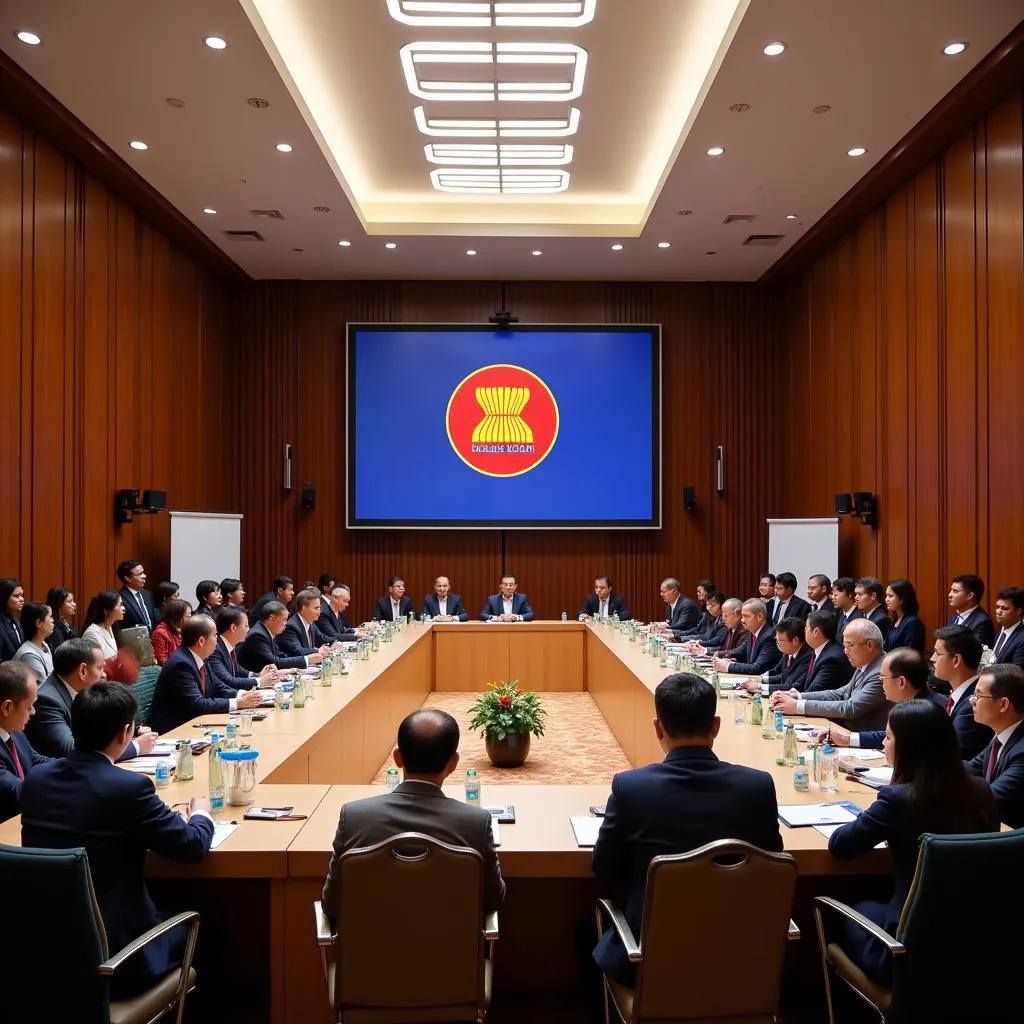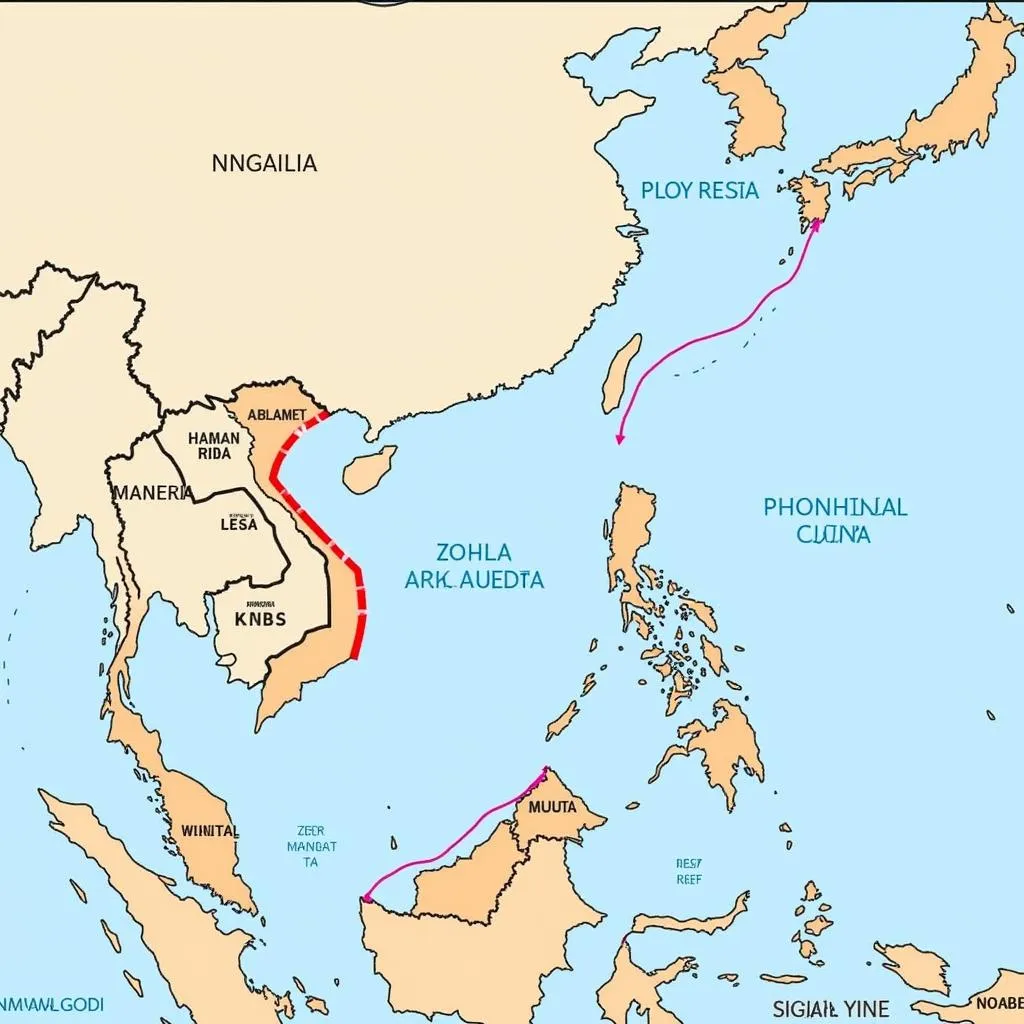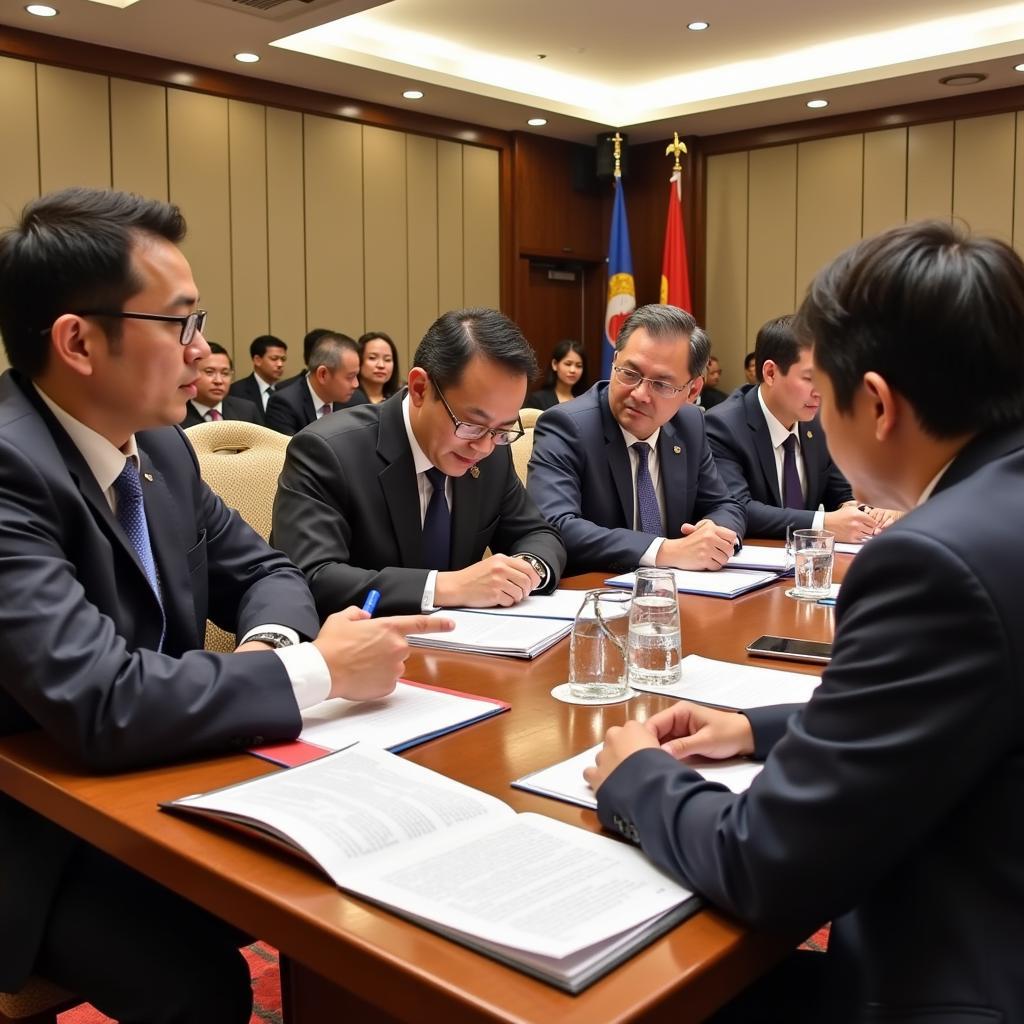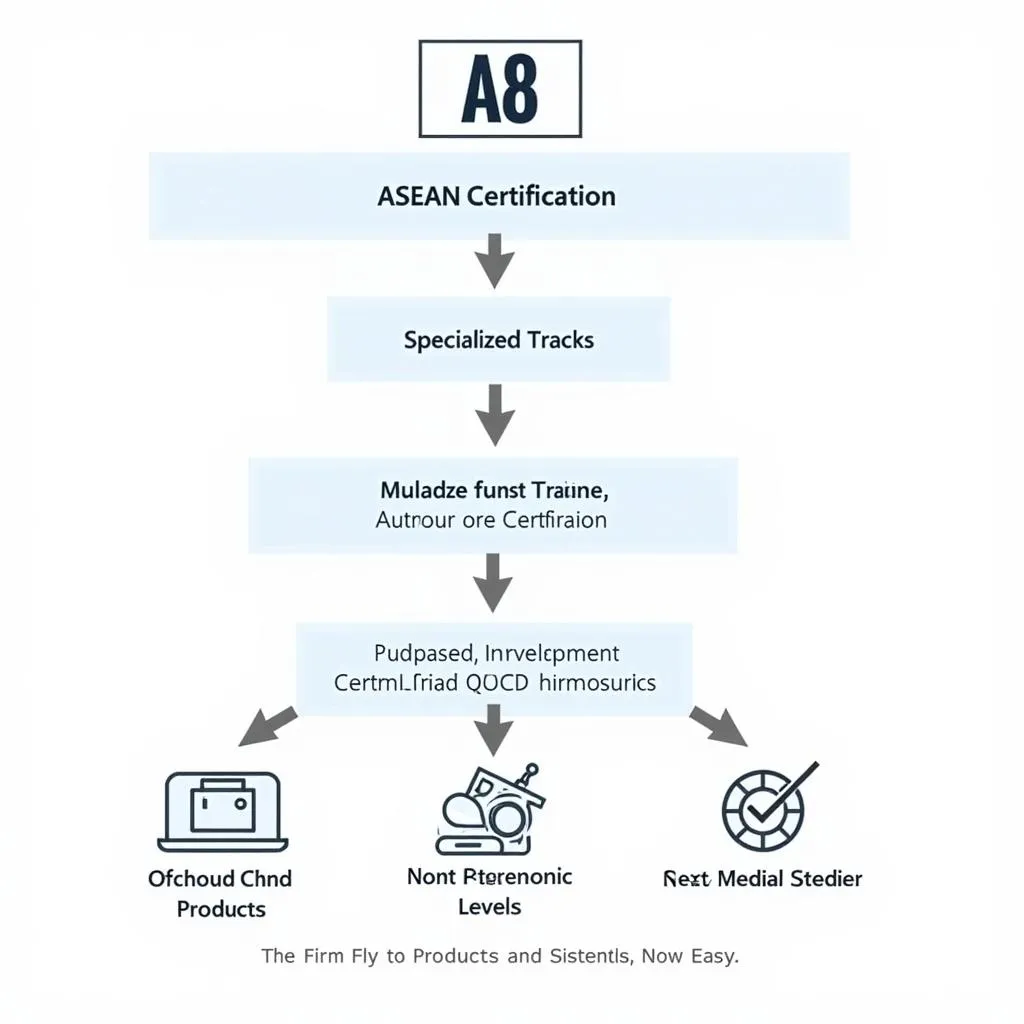The year 2018 saw ASEAN nations grappling with a multitude of challenges in the South China Sea. Territorial disputes, rising militarization, and the looming presence of major powers created a complex geopolitical landscape that demanded careful navigation. This article delves into the key events and dynamics that shaped ASEAN’s approach to the South China Sea in 2018.
A Balancing Act: ASEAN’s Delicate Position
ASEAN, as a regional bloc, faces the delicate task of balancing its members’ diverse interests in the South China Sea. While some members have direct territorial claims overlapping with China’s expansive nine-dash line, others prioritize maintaining strong economic ties with Beijing. This internal divide often complicates ASEAN’s ability to present a united front on the issue.
 ASEAN Summit 2018
ASEAN Summit 2018
Code of Conduct Negotiations: A Glimmer of Hope?
2018 witnessed ongoing negotiations between ASEAN and China on a Code of Conduct (COC) for the South China Sea. This agreement, aimed at managing maritime conduct and preventing escalation of disputes, had been a long-standing aspiration for ASEAN. While progress remained slow, the continued dialogue offered a glimmer of hope for a more predictable and stable maritime environment.
The Importance of International Law
ASEAN has consistently emphasized the importance of international law, particularly the United Nations Convention on the Law of the Sea (UNCLOS), in resolving South China Sea disputes. The bloc views adherence to UNCLOS as crucial for maintaining a rules-based order in the region. However, enforcing such principles remains a challenge, particularly in the face of China’s assertive actions.
 Map of South China Sea with Disputed Territories
Map of South China Sea with Disputed Territories
Economic Cooperation: A Counterbalancing Force
Despite the maritime tensions, ASEAN and China continued to pursue economic cooperation in 2018. The South China Sea, with its rich fishing grounds and potential energy reserves, represents a significant economic stake for all involved. Engaging China through trade and investment serves as a counterbalancing force to the geopolitical rivalry and fosters interdependence.
Conclusion: A Path Towards Stability?
Navigating the complexities of the South China Sea remains a paramount challenge for ASEAN. The events of 2018 underscored the delicate balancing act the bloc faces in safeguarding its interests while engaging with China. While challenges persist, ASEAN’s commitment to dialogue, international law, and economic cooperation offers a path towards greater stability in this strategically vital region.
FAQs
1. What is the ASEAN’s stance on the South China Sea dispute?
ASEAN emphasizes a peaceful resolution based on international law, particularly UNCLOS.
2. What is the Code of Conduct (COC)?
The COC is a proposed agreement between ASEAN and China to manage maritime conduct and prevent escalation in the South China Sea.
3. How does the South China Sea dispute impact ASEAN-China relations?
The dispute adds complexity to the relationship, but both sides also recognize the importance of economic cooperation.
4. What role do external powers play in the South China Sea?
The presence of external powers like the United States adds another layer of complexity to the regional dynamics.
5. What is the future outlook for the South China Sea?
While challenges remain, ASEAN’s commitment to dialogue and cooperation offers hope for a more stable future.
For any inquiries or assistance regarding ASEAN and the South China Sea, please contact us at Phone Number: 0369020373, Email: [email protected]. Our dedicated team is available 24/7 to assist you. You can also visit us at our office located in Ngoc Lien Village, Hiep Hoa, Bac Giang, Vietnam.


